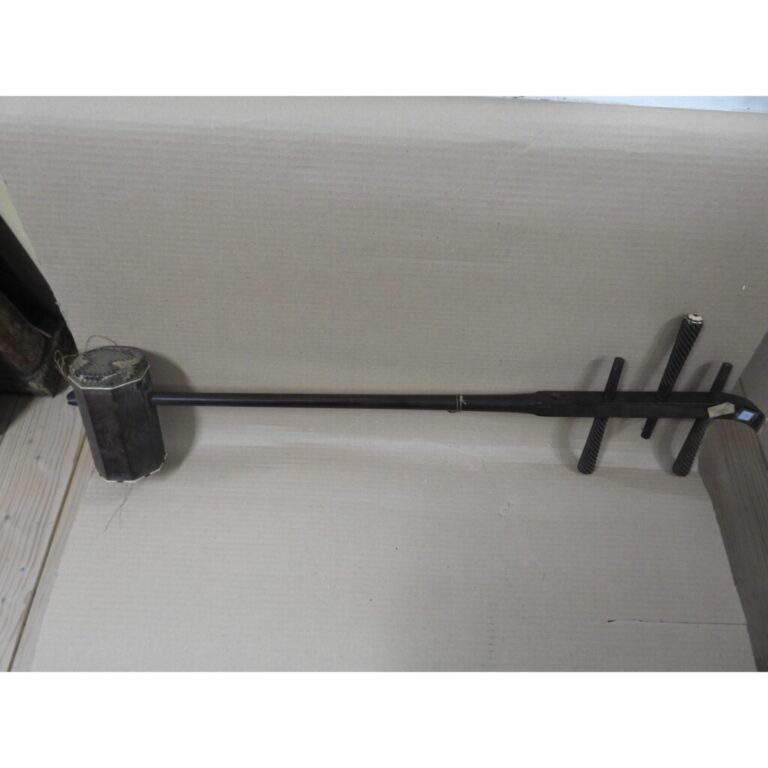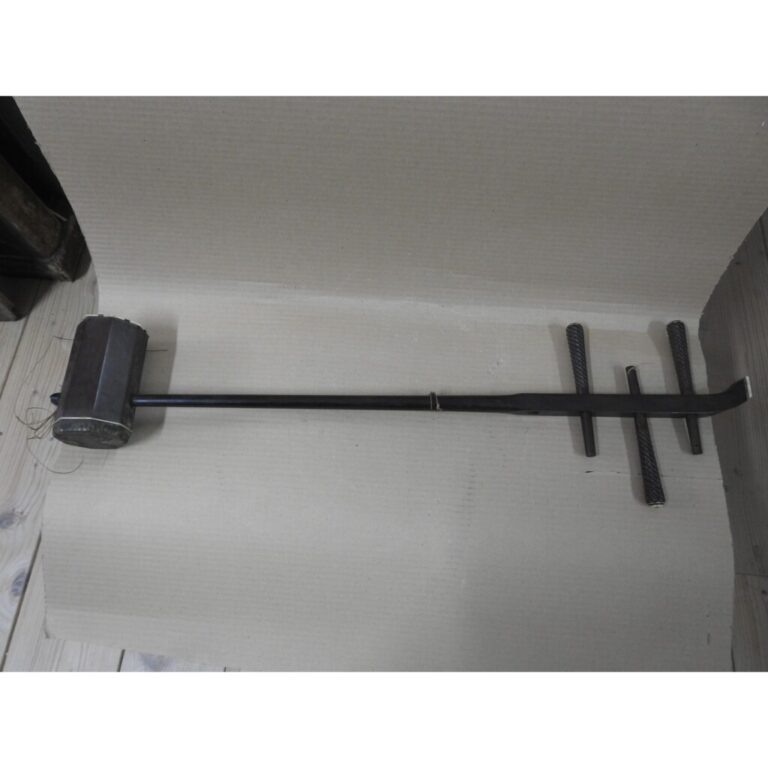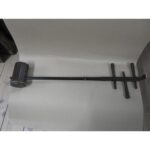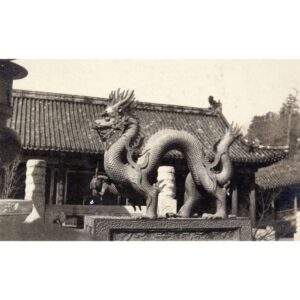Four-stringed instrument sihu
A sihu from the collection of Ivan Skušek. The sihu 四胡 is a stringed instrument, as its name indicates: si 四 – four-stringed – and hu 胡 – a member of the huqin 胡琴 family of instruments: stringed instruments with a wooden resonating body (cylindrical, hexagonal, or octagonal) covered with snakeskin (often python skin) or a thin layer of wood, and with an upright, tubular neck. The sihu‘s first and third strings are tuned to the same pitch, as are the second and fourth strings. The horsehair of the bow passes between the strings, and the arched wooden stick stays on the outside, so that the bow is not separable from the instrument. This sihu consists of an octagonal resonant body covered with python skin. The strings are damaged and attached only to the lower part of the body, and there are four wooden adjustment screws which pass horizontally through the holes in the neck. The sihu is mainly ... more
A sihu from the collection of Ivan Skušek. The sihu 四胡 is a stringed instrument, as its name indicates: si 四 – four-stringed – and hu 胡 – a member of the huqin 胡琴 family of instruments: stringed instruments with a wooden resonating body (cylindrical, hexagonal, or octagonal) covered with snakeskin (often python skin) or a thin layer of wood, and with an upright, tubular neck. The sihu‘s first and third strings are tuned to the same pitch, as are the second and fourth strings. The horsehair of the bow passes between the strings, and the arched wooden stick stays on the outside, so that the bow is not separable from the instrument. This sihu consists of an octagonal resonant body covered with python skin. The strings are damaged and attached only to the lower part of the body, and there are four wooden adjustment screws which pass horizontally through the holes in the neck. The sihu is mainly associated with Mongolian culture. It is played in Mongolia and Inner Mongolia and is also a traditional instrument in the northeast Chinese provinces of Liaoning, Jilin, and Heilongjiang. Essentially an instrument for accompaniment, it is heard mainly in storytelling, accompanying ballads or the spoken word, or in shadow theatre. (KH)







































Do you have a comment or additional information about the subject?